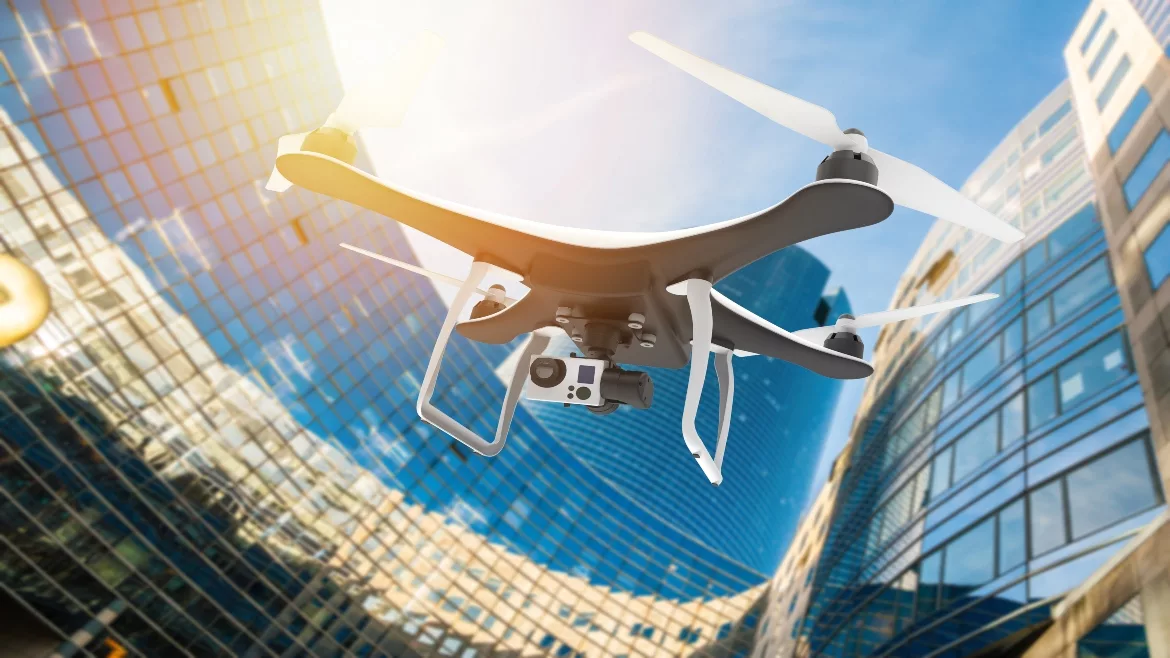Drone security technology for indoor zones

Image by clalinus via Freepik
Once a consumer novelty, the market for unmanned aerial drones in commercial applications has become a diverse and fast-growing industry. The use cases have become as diverse as the device offerings, especially as people become more comfortable with drones in the workplace.
Until recently, interior commercial unmanned drones were unheard-of due to the lack of investment in their development. Interior drones presented a wide variety of technical challenges, such as landmarking and mapping within the spatial area, artificial intelligence (AI) applications to drive the missions, and several others.
All of these factors and more yielded a lack of demand by end users, resulting in manufacturers having no reason to invest in the development of interior drone research and development until now.
Indoor drones can cover large areas, thus extending a security team’s awareness and threat assessment capabilities. An unmanned aerial drone can move faster and see more than a patrol guard on foot over the same time with less risk of injury or harm to human life. When integrated into a physical security system, interior drones can cut out some steps a human dispatcher must take to respond to an incident.
As interior unmanned aerial drone technology develops from both a technical and operational perspective, security executives can consider a number of applications for the technology within their organization: including addressing security guarding labor shortages to cover and increase the operational reliability of routine surveillance and alarm response.
The concept of operation combines camera-equipped drones with AI-driven software and sensors that can be installed while being housed in a ceiling or platform-based docking station. Such drones can include an array of onboard packages of sensors and cameras that can include high-definition daytime, thermal, infrared, and lidar imaging, to name a few, with options for upgradeability in the future.
To maximize the operational efficiency of drones in indoor commercial applications, the spatial area must be mapped to create a virtual geofence and define the zones for the drones to operate.
Many drone manufacturers have a software interface that allows for controlling and monitoring their drones as a proprietary system, typically cloud-based for ease of use, or the drones can be managed via a third-party global security operations center (GSOC) as a Service.
The platform can be trained to recognize safety or security concerns and trigger an event notification to an operator for a human-initiated response.
One often-used analytic for interior drone applications is people detection. This allows security guards to get a visual of a potential intruder to a workspace without putting them in harm’s way.
There is also the ability to run pre-programmed, scheduled patrol routes acting as a force multiplier to a human guard force with a time-stamped video record of each mission. Recordings can benefit security teams and investigations collecting data for forensic purposes.
The use cases for interior drones are not limited to security, but can also be used for structural inspections of hard-to-access equipment or infrastructure that would otherwise put a human inspector at risk.
As we look toward the future of commercial security applications, technology is the key and can aid security leaders in adding value to security programs in their organizations.
This article originally ran in Security, a twice-monthly security-focused eNewsletter for security end users, brought to you by Security magazine. Subscribe here.
Looking for a reprint of this article?
From high-res PDFs to custom plaques, order your copy today!






